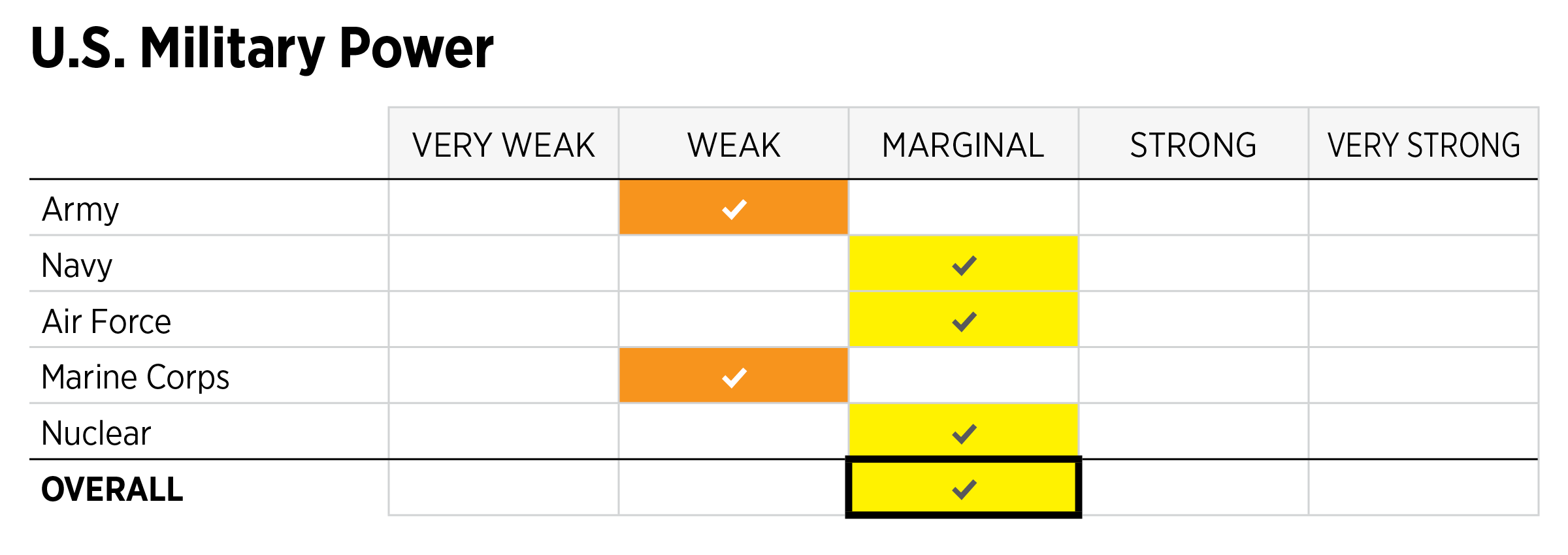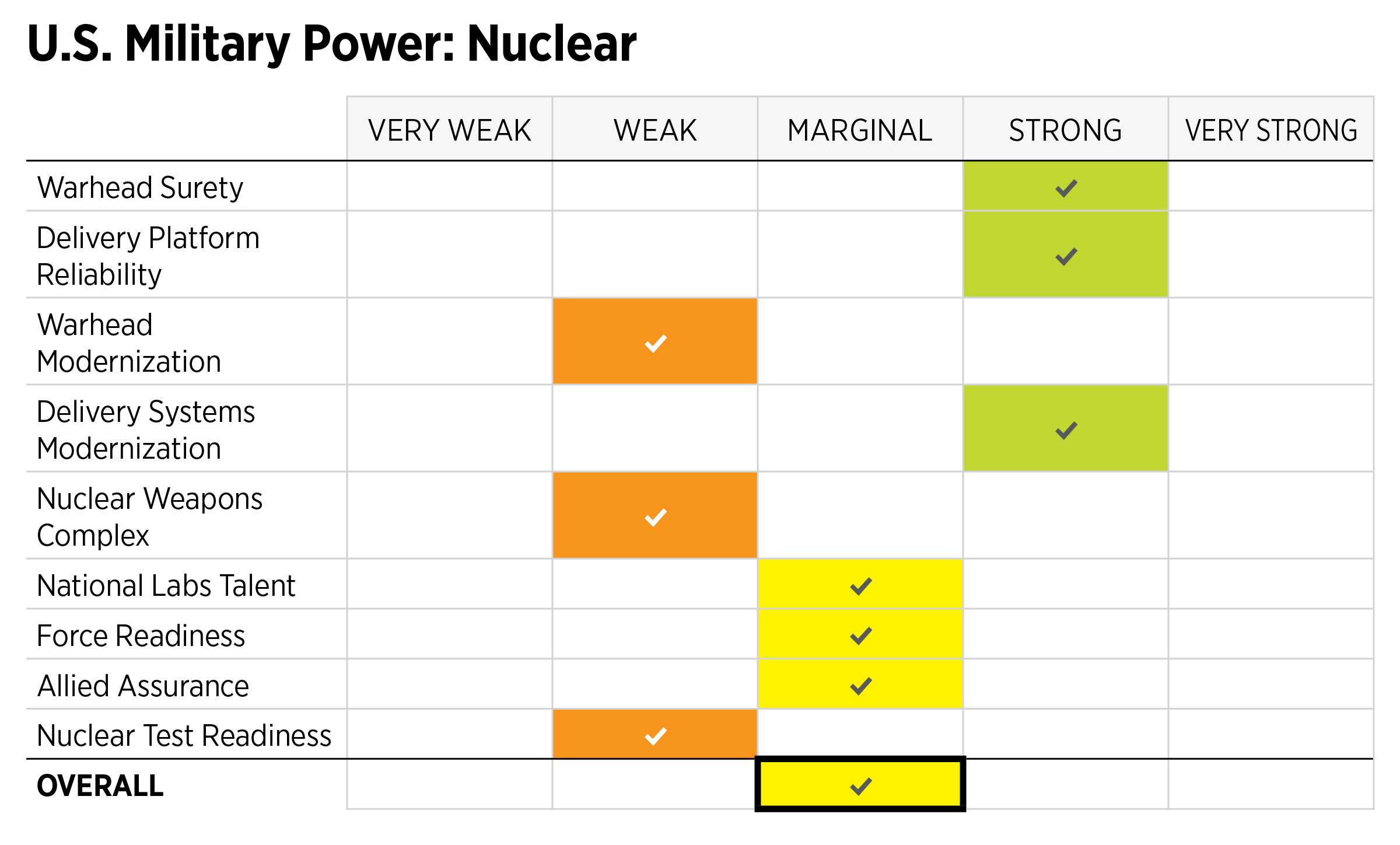- 06 Jun 2018 07:27
#14921734
A three-month internal review conducted by senior U.S. surface fleet leaders found that nearly 85 percent of its junior officers had either some or significant concerns in ship handling and that many struggled to react decisively to extricate their ship from danger when there was an immediate risk of collision, according to an internal message obtained by Defense News.
Lead by the Surface Warfare Officer School, officer of the deck competency checks were conducted on a random selection of OOD-qualified first-tour division officers (the newest officers in the fleet) in underway bridge navigation simulators fleet-wide between January and March. Of the 164 officers who were evaluated, only 27 passed with “no concerns.” Another 108 completed with “some concerns,” and 29 had “significant concerns,” according to the message, which was released by the Navy’s top surface warfare officer Vice Adm. Richard Brown.
Brown, who leads Naval Surface Force Pacific, termed the results “sobering.”
The whole story's here: https://www.defensenews.com/naval/2018/ ... eamanship/
Lead by the Surface Warfare Officer School, officer of the deck competency checks were conducted on a random selection of OOD-qualified first-tour division officers (the newest officers in the fleet) in underway bridge navigation simulators fleet-wide between January and March. Of the 164 officers who were evaluated, only 27 passed with “no concerns.” Another 108 completed with “some concerns,” and 29 had “significant concerns,” according to the message, which was released by the Navy’s top surface warfare officer Vice Adm. Richard Brown.
Brown, who leads Naval Surface Force Pacific, termed the results “sobering.”
The whole story's here: https://www.defensenews.com/naval/2018/ ... eamanship/



















 - By JohnRawls
- By JohnRawls - By wat0n
- By wat0n